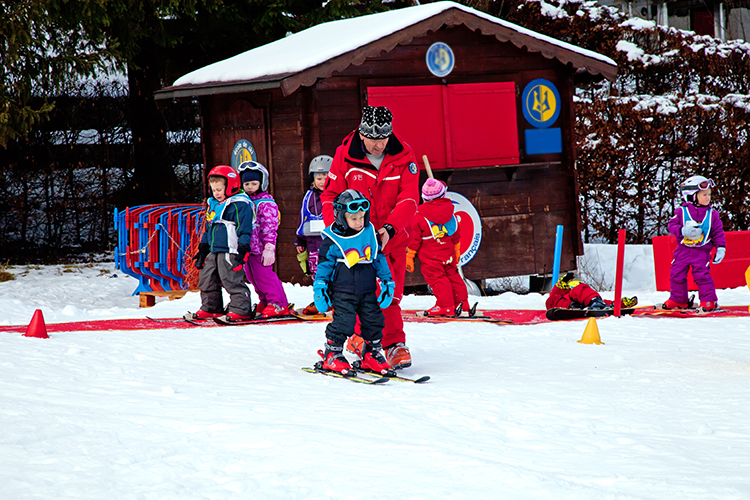Ski Tips for Beginners
Posted by Goggles n More on 8th Jan 2016
Skiing is a fantastic way to alleviate stress, fit a bit of aerobic exercise into your routine, and even burn around 400 calories an hour. However, many beginners may be a bit confused as to how they can manage two pieces of wood that jut out a couple of feet beyond their toes. Learning to ski can be frustrating and an experience that is full of bruises and bumps. However, with the right guidance, you can enjoy the learning process of how to ski and have a blast on a weekend adventure to the mountains. So let’s grab a pair of ski goggles and jump on a slope!
A Loved One Can Only Do so Much – Get Professional Help
There are certain nuances and experiences when it comes to learning how to ski, that only a trained professional will be cognizant about. A loved one can teach you certain elements of skiing, but only a professional will understand the growing pains of a beginner. Save your relationship and obtain professional lessons from a ski instructor. Skiing is a very frustrating experience, especially at first. You will be falling over constantly. You will be glad that you have the helping hand of a trained professional rather than a frustrated friend or family member that will leave you to your devices. Also, a professional lesson will ensure that you have the proper equipment, helmet, goggles that fit.
Don't Look at the Tips of Your Skis
When you first are skiing, you will continuously look at the tips of your skis. It's a natural habit – you suddenly have to balance yourself on two pieces of wood, and your brain will try to process what's happening by forcing you to look at the skis themselves, especially the tips of them. To help your brain understand that the skis are an extension of your legs and feet, try to look forward. Also, it is a hazard to look at the tips of your skis. You want to be cognizant of the area around you, making sure that you don't hit other people, or hit a bush that is out of your range of sight. Keep your eyes at least 10 feet in front of your tips, that way you can be aware of the terrain around you.
Make Sure That You Are on a Gentle Slope
For safety's sake, make sure that you are on a gentle slope that will allow you to control the speed of your skis Use small steps to move forward, making sure that you point your skis downhill. You want to put your weight on the poles. After you've gained a bit of acceleration make the skis parallel to each other and bend your knees slightly. You will slide for a couple of feet. You've just learned how to accelerate. To control your speed and eventually stop, you want to "glide your wedge". To slow down, you want to create a "V" in front of you by pointing the ski tips together. This will create resistance, slowing you down. You can still turn while creating this wedge. Lean into the opposite ski that you want to turn into. This means that if you want to turn left, you apply a bit of your body weight into the right ski. It's important that you do not apply all your body weight onto the ski that you are using to turn.
Selecting the Right Ski Length
There's no magic formula when it comes to selecting the right length of skis. However, there are general guidelines that you may want to follow. Be aware that the height of the ski is just a starting point. There are many factors that come into play when selecting the right ski, like the material that it is made of, snow type that it will be used on, and personal preference. Generally, you want to select a pair of skis that are between your chin and the top your head. Your instructor will help you select the right pair skis that will fit your frame.
Shop Goggles N More's wide assortment of ski goggles and prescription goggle inserts today!
Prescription Swim Goggles – Sports Goggles – Ski Goggles
Leader in Prescription Goggles and Glasses
Kids RX Swim Goggles – Adult RX Swim Goggles – Prescription Sports Goggles - RX Ski Goggles





